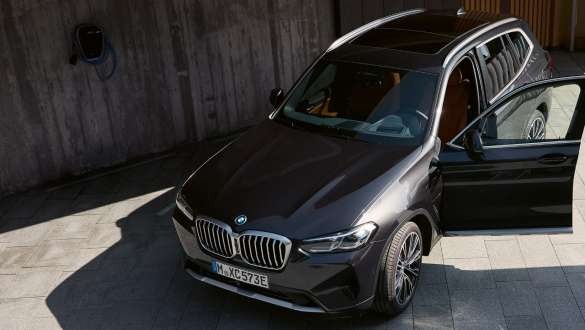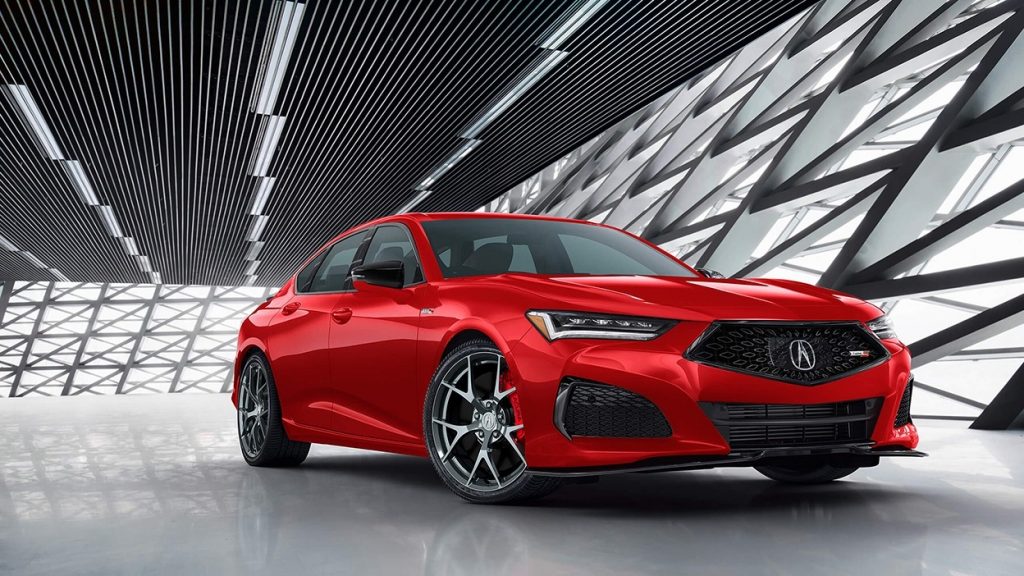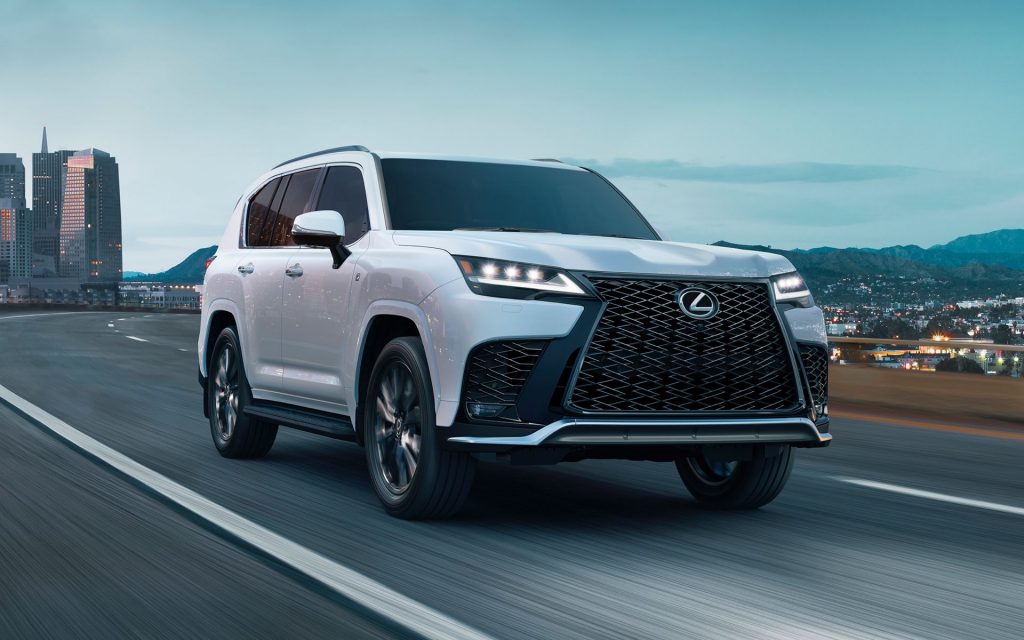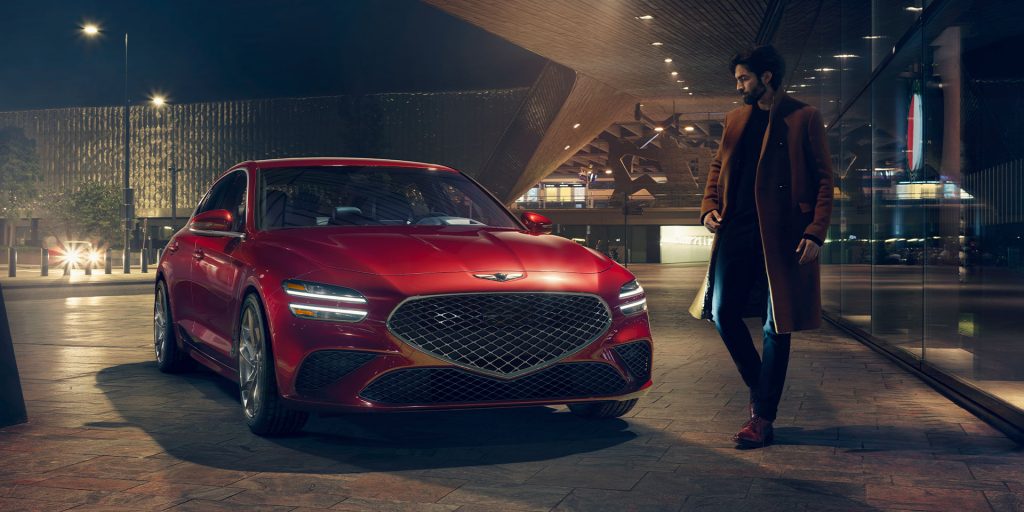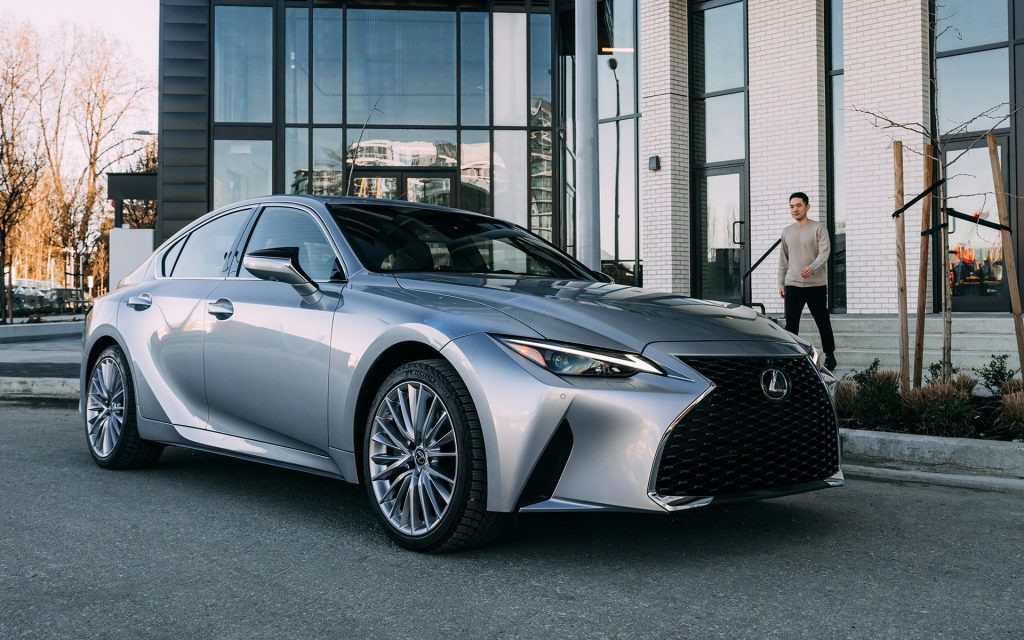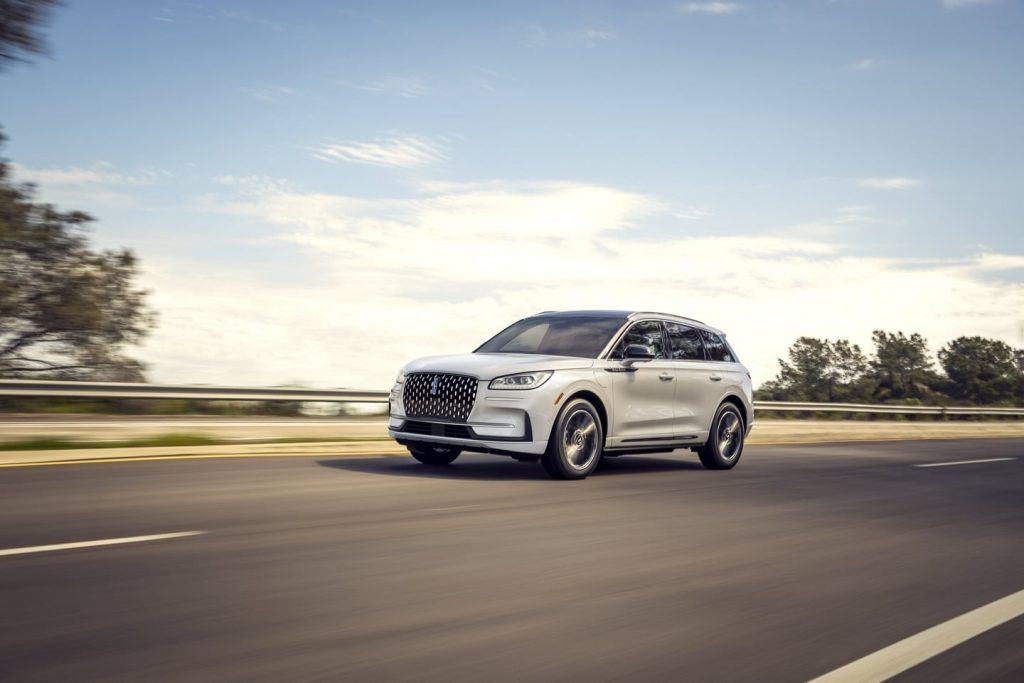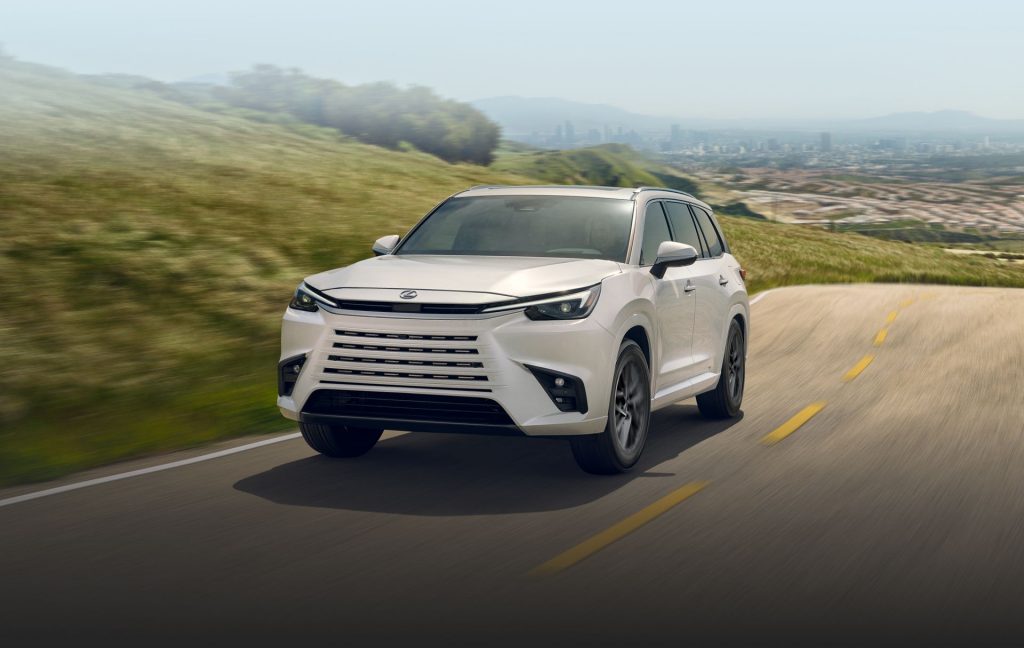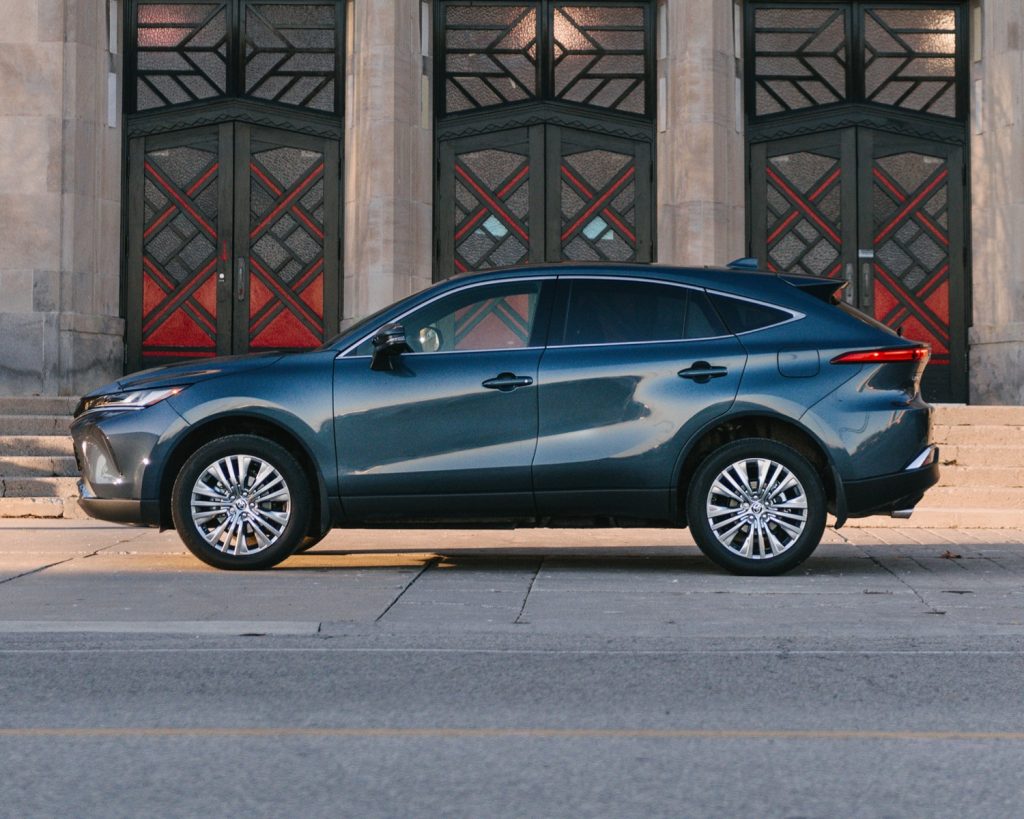Luxury
Luxury cars are expensive to buy and maintain but generally lack the kind of reliability that buyers of mainstream cars enjoy. The massive gulf in terms of performance and refinement between everyday cars and luxury cars has gradually been chipped away at by the astounding improvements made by even the most modest of mainstream cars; reducing the need to move up to a higher cost car. Advanced safety features, like active cruise control, blind spot, pedestrian and lane departure warnings, once the preserve of high-end luxury cars, are now available on modest new cars, making the move up the price scale even less necessary than ever before. Increasingly, the "Key Fob" factor, the prestige of having a fancy badge on your keyring, or the need to burn through a company car-allowance, are the key reasons to venture into the luxury market. Draconian U.S. fuel economy laws led to smaller, higher-stressed engines set up to "game" the test cycle to produce impressive test results. These smaller engines have maintained acceleration, but refinement, or more importantly, the intoxicating multi-cylinder aural delight that used to be such a part of the "luxury" car experience, is no longer available from many luxury cars, making a "lesser" car a more viable choice now. Many of the cars in this segment are based on traditional rear-wheel drive architectures. However, rear-wheel drive has little traction in Canada and most versions of the rear-wheel drive based vehicles are sold with all-wheel drive. The luxury segment is fairly static this year. The big news is an all-new Mercedes-Benz C-Class sedan.

